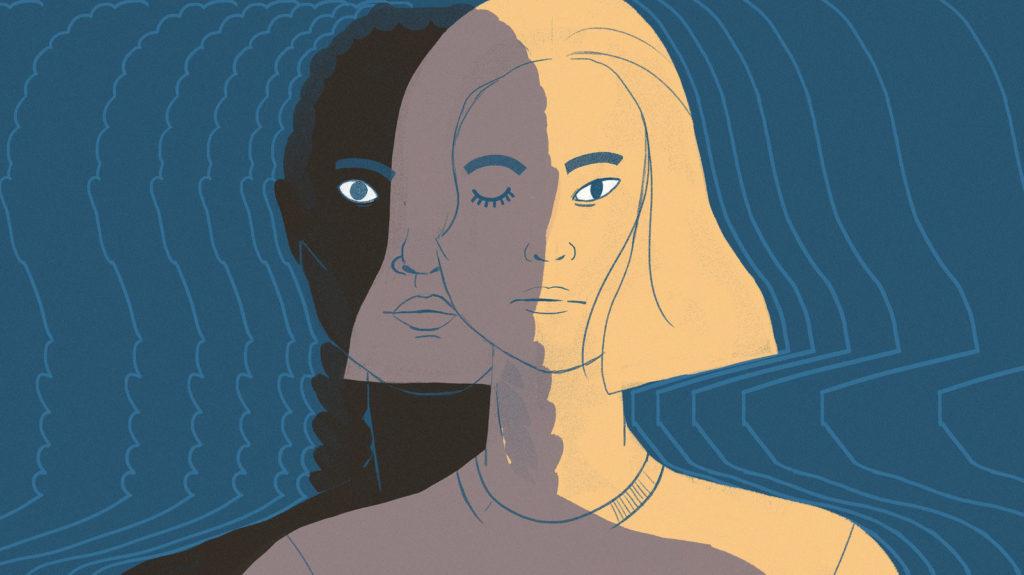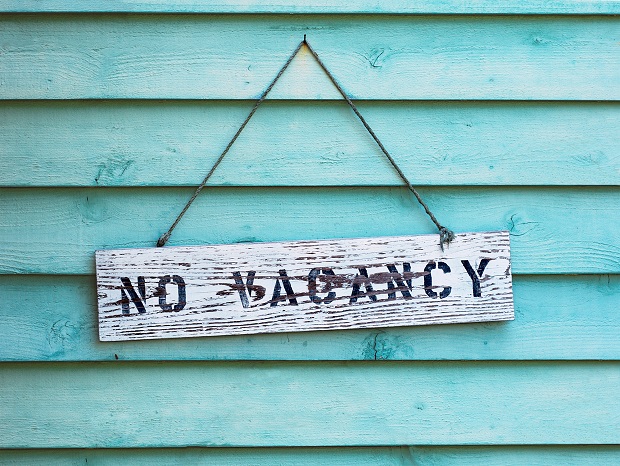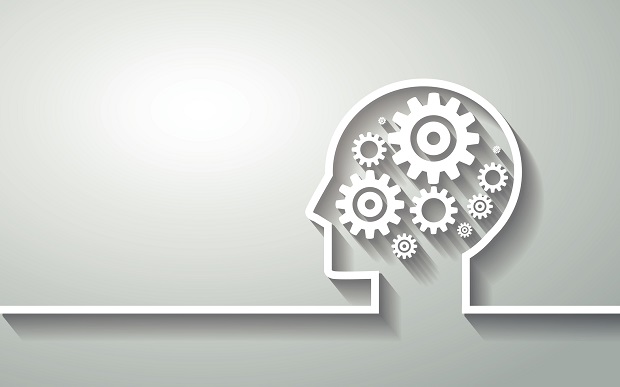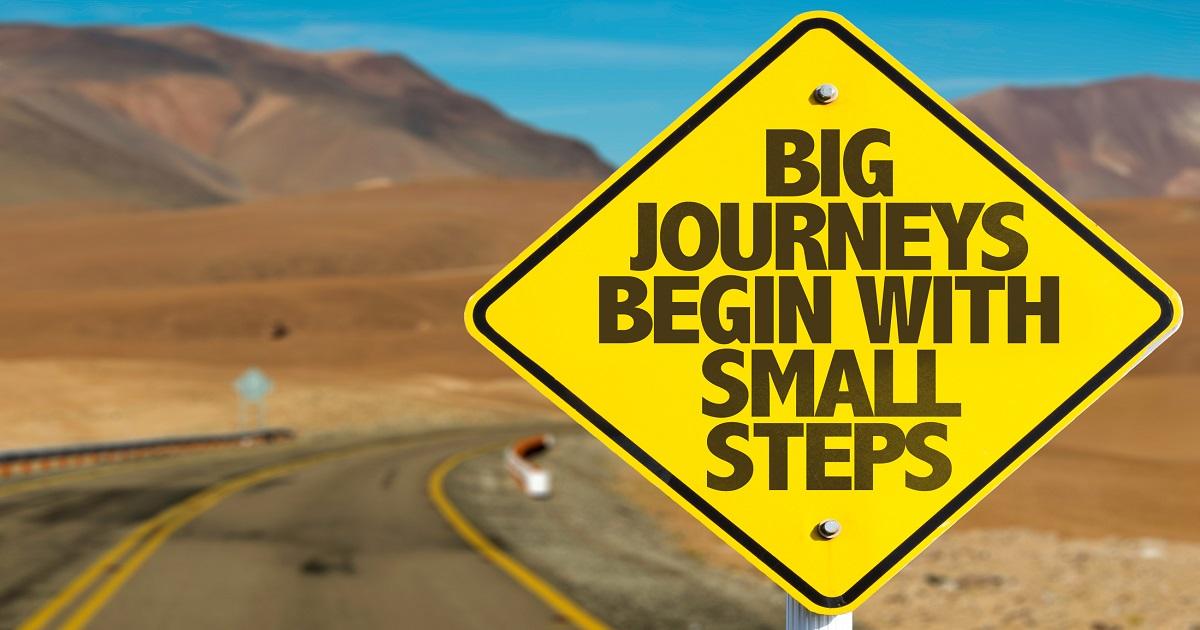
Striving to be a role model is something many children are encouraged to do: from the walls of kindergarten classrooms, to the dinner table, across sporting fields and beyond, children and their caregivers hear the idea of serving as a positive example for others as a sign of and step towards a successful future.
As a South-Asian American growing up in a mostly white midwestern suburb, I only have fond memories of my elementary school years and striving to be a role model student. I can vividly picture myself in 1st grade, jumping for joy and full of pride about getting the spelling test all right every Friday and never having a yellow sticky note denoting misbehavior next to my name on the bulletin board. I relished the attention teachers gave me and looked forward to my “gifted” learning classes every day. I was treated as more mature, more passionate, having more potential than, and most importantly, as a “role model” for my other peers.
Sounds like a great educational experience for any child, right? Back then, I myself, my family, and many other Asian immigrant families like my own would have said yes in a heartbeat. But today I ask: At what cost?
Last week, when Leigh introduced us to the topic of internalized oppression, I couldn’t help but think of one of the most problematic “compliments” that I have encountered as a member of the Asian American community and how I have internalized it: being the “Model Minority.” This term has been used for decades to describe how the Asian-American population in America is exceptionally high-achieving, highly educated, and thus, a “model” for other minority groups to strive to emulate.
So, why is the internalization of this myth such a harmful thing? After all, it has positive connotations—who wouldn’t want their child or community to be seen as successful, educated, and especially respected, while still being a member of a minority in western culture? It sounds too good to be true.
In fact, the term “Model Minority” was not intended to be a compliment or celebration of respect for Asian Americans; it was intended to be a tool for manipulation and an excuse for oppression. The term was coined by white Americans during the 1960s civil rights era to differentiate and shame African Americans for their protests and activism in service of equal rights in America. Asian-American political activism for equal rights during this era was unusual or absent altogether. Thus, white Americans exploited their (seeming) flattery of Asian Americans, using it as an argument against equal rights for other brown and black Americans.
Asian Americans were often seen in high status professions such as medicine, law, and engineering. Others in the community were viewed as hardworking and family-oriented business people who were satisfied with their lives in America. However, the reality was that most Asian immigrants during this time were required to have a certain professional credentials or aspirations for post graduate education to be granted immigration privileges and thus, access to wealth in America. And while Asian culture is more collectivist than the individualistic American culture, some of these collectivist values were, and still are, immensely valued in the U.S.—such as commitment to family and faith.
In short, the logic of the Model Minority Myth was: “If they are fine, why are African Americans so demanding? Why do they need special attention?”
Sadly, this logic, and juxtaposing African Americans and other racial/ethnic minorities with Asian Americans continues to this day. In the diversity and inclusion space, we continue to expose the history of the “Model Minority.” Yet, in the decades since the coining of the term, many Asian Americans, including myself, have come to internalize the idea (whether consciously or unconsciously) of being the best minority, the group that aspires to and achieves greater academic and economic success in America.
The consequence of this myth is cyclic: misconstruing and manipulation of Asian-American cultural patterns and values has led to the continued oppression of African Americans and other historically marginalized groups, and simultaneous aggrandization of Asian-American success and assimilation into white American ideals. This further perpetuates internalization of this myth among Asian immigrants and their children: the need to achieve the highest potential in the educational system, the highest professional degrees, every opportunity for growth and success in America.
I see the cycle continue in myself and fellow Asian-American peers: Internalizing this myth of success as a need to push ourselves (to unhealthy degrees) to achieve what our parents were striving for, and to fit the “Model Minority” mold. Subconsciously, we know that this is really the Model Minority Myth and that the reality of being Asian in America still consists of layers of hate, racism, and systemic oppression. In reality, we are aggravating our mental well-being and perpetuating this cycle of diminishing our racial identity to a number on a test, salary for a job, or letters behind our names.
So how can we break this cycle, as inclusive members of our communities? Asian American or not, it is important to recognize that internalizing the Model Minority Myth is further preventing our society from tackling root causes of injustice for all racial and ethnic minorities in America. We can fight this harmful narrative and question our current practices:
- Educators: listen carefully and reflect on times when you have possibly treated Asian-American students differently. Are you pushing the African-American students to the same potential? Are your behavioral interpretations of success or misbehavior in the classroom applied equitably?
- Policymakers: What are the implications of grouping all Asian Americans together as one? How can we better take into consideration disparities in the Asian community, particularly the health and well-being of refugee communities and low-income Asian Americans that might be hidden in the dominant narrative?
- Community Members: What assumptions do we make about our Asian peers? Who do we see as high achieving or hard working? Who do we see as an exception or a result of Affirmative Action?
Internalizing the Model Minority Myth is further preventing our society from tackling root causes of injustice for all racial and ethnic minorities in America. We can fight this harmful narrative and question our current practices. Click To Tweet
Lastly, I call for action from my fellow Asian-American peers and allies: we can unlearn the internalization of the Model Minority Myth to break the cycle of oppression of our other black and brown friends and family. We must consciously use our power and serve as allies and advocates for our Americans of color to shed greater light on the injustices that exist as a result of our exploitation as the “model.” Additionally, I urge everyone to think of one way to resist the cycle of oppression perpetuated by this myth and instead, advocate to address ongoing injustices within the Asian American community. We are more than the 100% on a spelling test. I urge everyone to think of one way to resist the cycle of oppression perpetuated by this myth and instead, advocate to address ongoing injustices within the Asian American community. We are more than the 100% on a spelling test. Click To Tweet
Editor’s note: The Winters Group created a reflection guide on this Inclusion Solution series. The purpose of this guide is to revisit the perspectives shared and to encourage greater self-reflection and critical thinking about the ways this topic influences your world. Also included in this guide are activities and reflection questions for you to engage in as you begin your journey. Download the guide here.



















